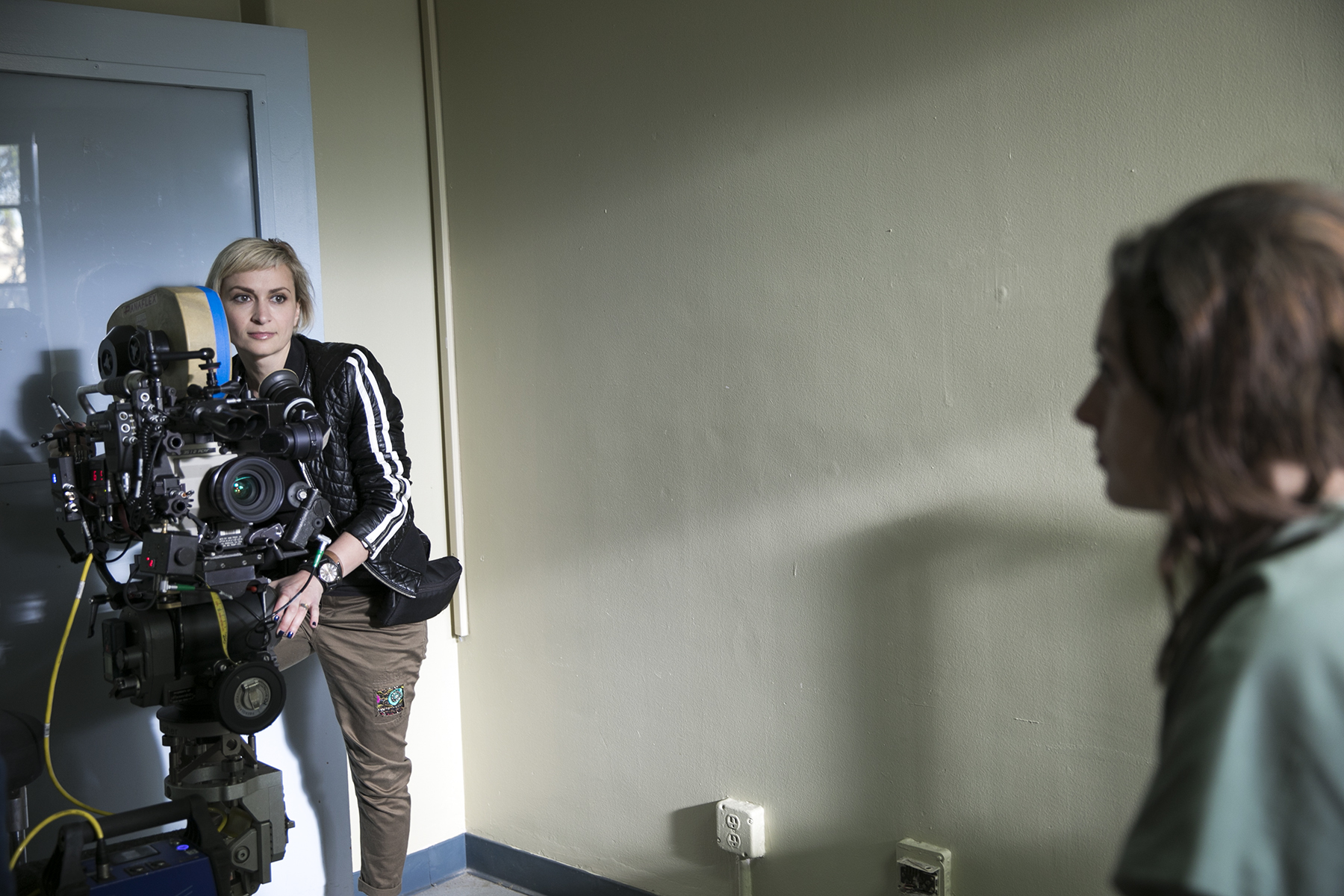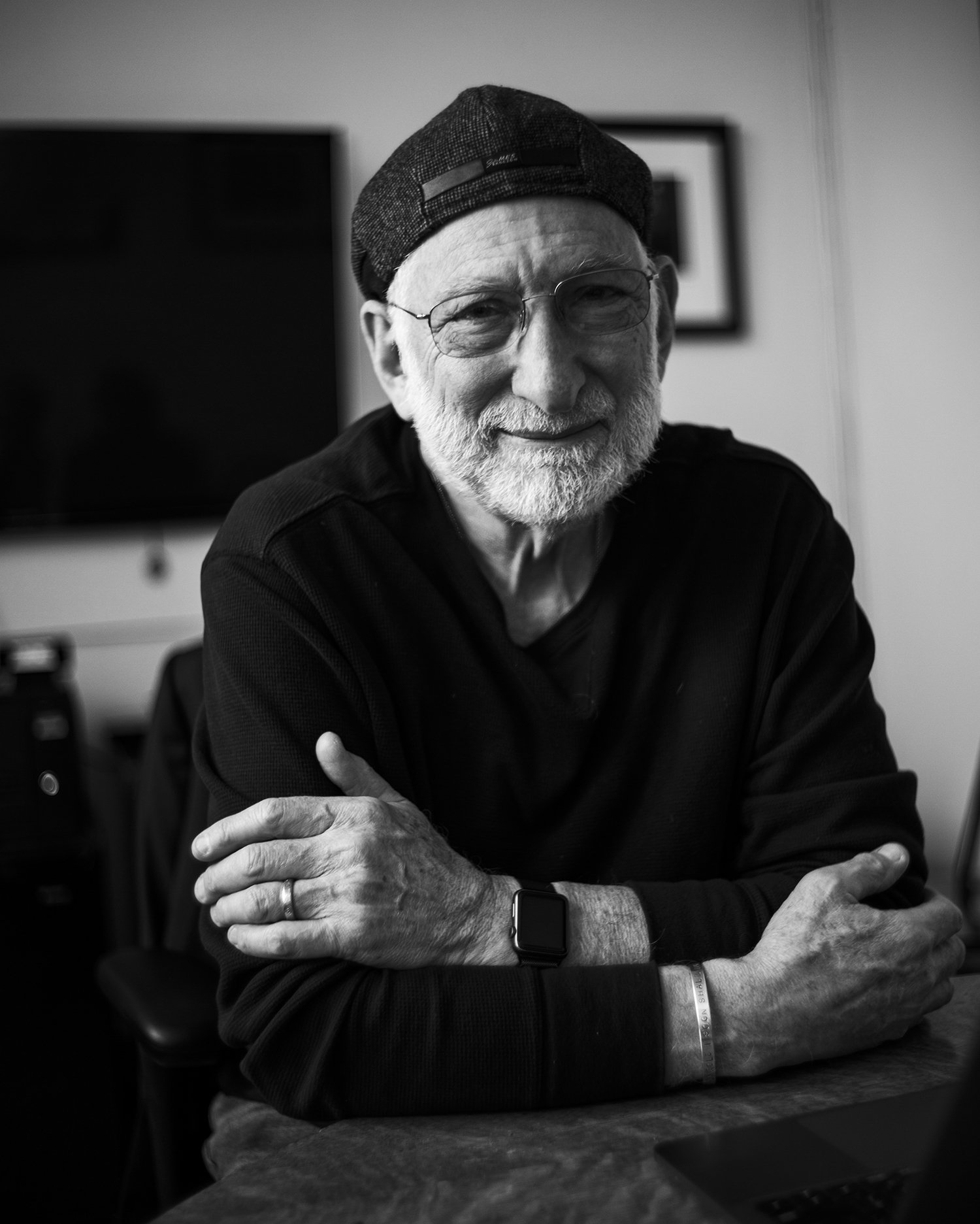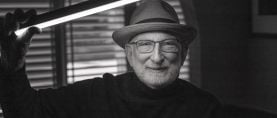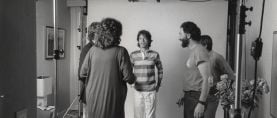
“We Mourn Her Loss”
“We deplore this senseless failure of long-established on-set firearm protocols.”

As we went to press with this December issue of American Cinematographer, we learned of the death by firearm of young cinematographer Halyna Hutchins. We deplore this senseless failure of long-established on-set firearm protocols. We profiled Halyna in our 2019 Rising Stars of Cinematography article (AC Feb. ’19), and we mourn her loss. We will be following up with more about Halyna in an upcoming issue.
This past fall, we witnessed the community of filmmakers collaborating politically in favor of more reasonable hours in film and television production during the negotiations for a new Hollywood production contract. Unreasonable hours have contributed to on-set accidents and likely was a factor in Halyna’s death. During negotiations, cinematographers’ filmmaking partners raised their voices, including actors, directors and drivers. Cinematographers appreciate the outspoken support we received. Surely the time has come to make production hours more reasonable.
In this, our last issue of 2021, we fittingly address the issue of collaboration by beginning a series of articles devoted to cinematographers’ interactions with professionals in other key departments. This month we focus on production designers.
In the following pages, we look at the collaboration between Greig Fraser, ASC, ACS and production designer Patrice Vermette on the visually expansive film Dune, and DP Chung Chung-hoon’s work with production designer Marcus Rowland on Last Night in Soho. Also in this issue, cinematographer Mihai Malaimare Jr. and production designer Martin Whist discuss their work on director Jeymes Samuel’s Western The Harder They Fall, in which their collaboration was extraordinarily successful.
Some types of collaborations, on the other hand, are losing their person-to-person connections. With the technology used to keep filmmaking partners in close collaboration with the collective viewing of dailies, the previous day’s work would be projected each day on a large screen (in a dark screening room, usually at a film lab where the film was processed). We sometimes joked it should be called a “screaming” room, with key personnel in attendance — at minimum, the cinematographer, director, editor, and producer. This close-knit team would experience the day’s work together and be supported by that experience to discuss — collaborate! — on all the issues at hand: the look of dailies, performance, story, etc. With the advent of digital dailies, that closeness is not encouraged. Dailies are often distributed online remotely to key players, who watch them on their iPads, laptops, or other screen of choice. This separates everyone in production from each other and the most fundamental element of dailies — watching together — is lost.
Stephen Lighthill
ASC President







